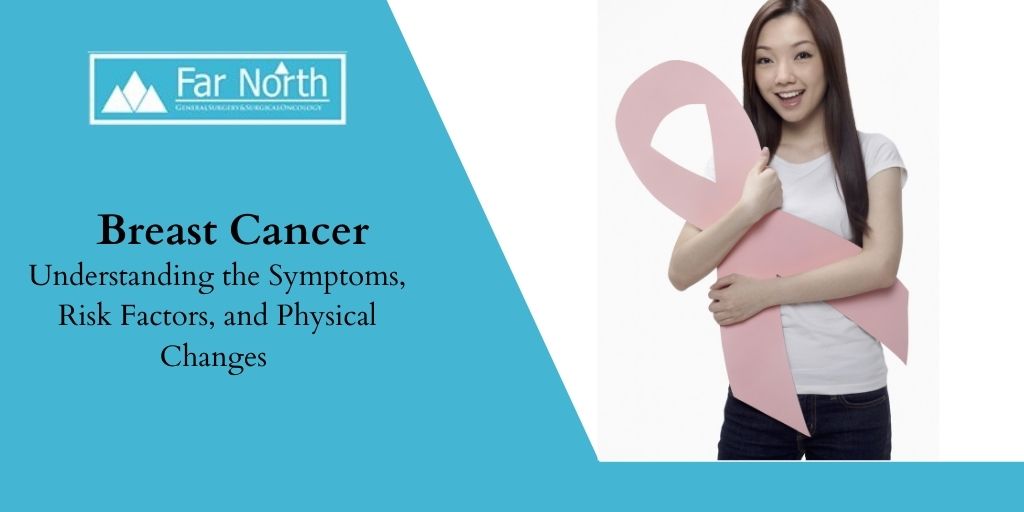


Breast cancer is the second most common form of cancer worldwide and the most common cancer in women. Living with breast cancer not only takes a toll mentally but also leads to a lot of unexpected physical changes.
Here is all you need to know about breast cancer.
Detecting the illness early is crucial so that treatment can be started as early as possible. Visit your doctor immediately if you notice any of the following symptoms:
While the exact cause of breast cancer remains unclear, the following are some of the potential risk factors:
A few other factors, like inadequate diet, obesity, excess alcohol and tobacco consumption, sedentary lifestyle, and hormone treatments, can also play a role in breast cancer development.
Following are some of the physical changes to expect during the treatment of breast cancer:
If you are considering breast reconstruction surgery, consult a plastic surgeon to discuss the options available. Such options may include getting silicone implants, using a prosthetic breast, or reconstructing the original breast using one’s breast tissue.
To cope with other physical changes,
To deal with the hair loss, consider using wigs, hats, or scarves.
To ease the skin irritation due to radiation, use ointments or creams as recommended by your doctor.
While early diagnosis is key to a higher survival rate, a positive outlook is indispensable for living with breast cancer. Your attitude and outlook may depend on factors like your age and the type, size, and grade of breast cancer. Studies suggest that good mental health is essential to ensure a longer life post-breast cancer. If you accept the illness and physical changes with a positive mindset and have a strong support system to boost you when you feel low, the chances of surviving breast cancer multiply exceedingly